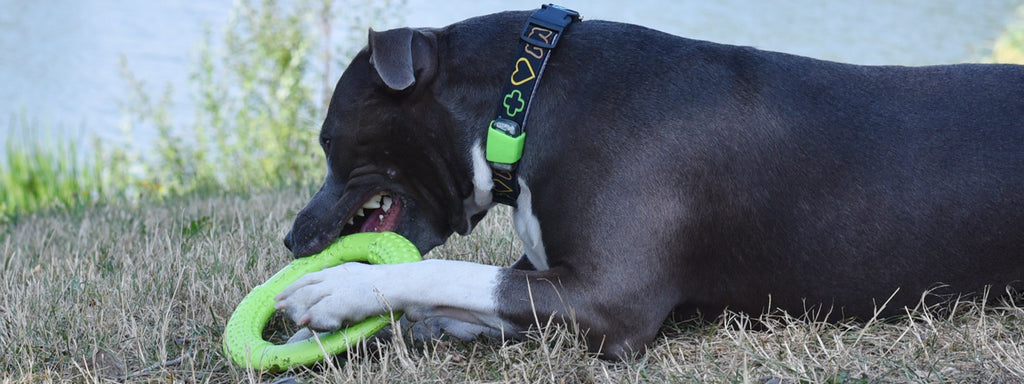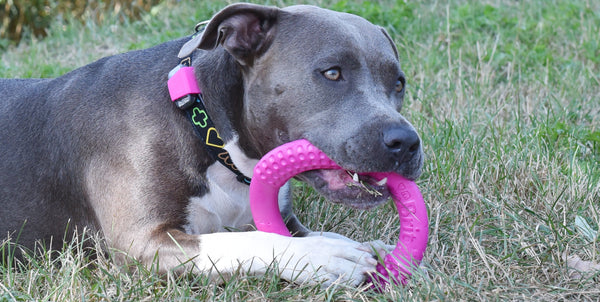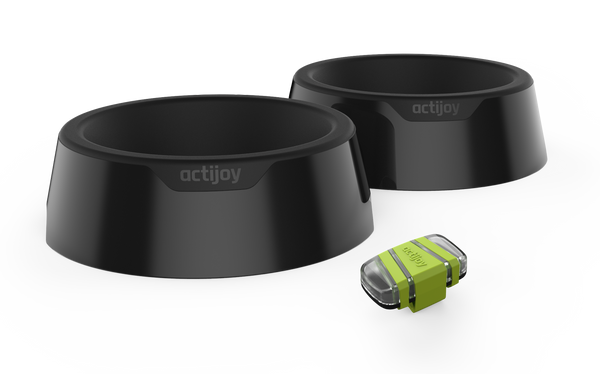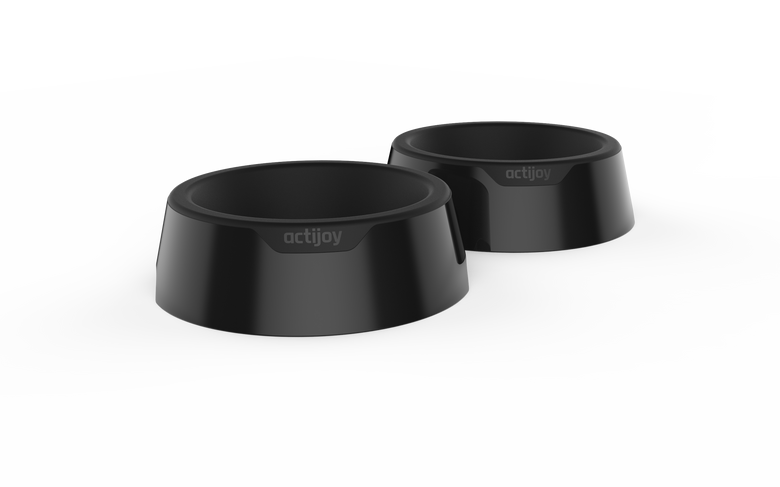5 Signs Your Dog Has a Tooth Infection and What To Do About It
Dental care for dogs is one area where many pet owners are lacking. Even with annual cleanings, a dog's mouth can be home to disease. Oral diseases are currently considered as one of the most common health disorders in dogs.

Here, signs of tooth pain in dogs will be discussed, as well as what to do about it.
How Do You Know If Your Dog Has a Tooth Infection?
1. Only Chewing When Necessary
A dog that is suffering from a painful tooth infection will only chew when necessary, such as during meal times. This animal will avoid playing with chew toys or engaging in games that require biting down, such as tug of war. When a dog with an infection does chew, it will likely only be on one side of the mouth. If you observe any sudden changes in your pet's behavior, you should make a note about it and plan an appointment with your vet. A great option is to download a dog care app that will help you to keep track of your pet's records easily. Especially if there are multiple dogs in your household or more caregivers. Your veterinarian would ask you questions about the signs and when you started to observe changes in your dog's behavior. Thanks to the free Actijoy Healthbook app, you can easily share it with your vet through the URL link.
2. Bad Breath
Another telltale sign that a dog has a tooth infection is terrible breath. If your dog's breath has suddenly become intolerable, the chances are that an underlying medical problem in the mouth is to blame. The other signs of dental disease are red and inflamed gums and tartar buildup.
3. Dropping Food
Since chewing will be painful for a dog with a tooth infection, dropping food on the floor is likely. If your dog suddenly drops more food than he or she eats, consider whether a painful tooth is to blame. The change in your dog's appetite and avoiding dry food is also a common sign of dental disease.
4. Scratching Side of Face
Dogs that have infected or abscessed teeth are more likely to paw, scratch, or rub one side of their face to relieve pain and pressure.
5. Swelling in Face / Eye
The infection causes inflammation in the area surrounding the tooth, which can extend to the face and around the eye. If your dog's face is suddenly swollen, carefully look inside the mouth for additional inflammation and redness.
What to Do About an Infected Tooth
A tooth infection can become very serious when left untreated. Potential side effects include eye infection, tooth loss, periodontal disease, and organ failure. As soon as you recognize the symptoms of a tooth infection, you should make an appointment with your veterinarian.
The most common course of treatment for a dog with a tooth infection is antibiotics and anti-inflammatory medicines. Within a matter of days, your dog's pain and swelling should be significantly diminished. However, if an abscess is present, the tooth will either need to undergo a root canal or be removed. When an upper canine tooth is involved, extraction is almost always necessary.
Ultimately, dogs show several signs when suffering from an infected tooth, including pain, swelling, difficulty chewing, and bad breath. If you suspect your dog has an infected tooth, you should make an appointment to see a veterinarian as soon as possible.
Common causes of pet dental problems
Pets can develop many of the same dental problems that people can develop. For example, gingivitis, periodontal disease, fractured teeth, cavities, and plaque buildup are all common issues that can arise for both people and pets. Periodontal disease is the most common dental condition in cats and dogs. It usually begins around the age of two years and worsens as the pet ages if it is not adequately treated. To prevent the onset of periodontal disease, pet owners should begin brushing their pet's teeth early and consistently provide regular oral care throughout their pet's life. It is just a matter of time before plaque, which hardens into tartar, forms below the gumline and infection follows.
Dental health checklist:
- Observe your dog and pay attention to the signs and symptoms of a tooth abscess and dental pain.
- Download a free dog care app from App Store or Google Play.
- Make notes of any changes to your dogs behavior, clinical signs and other important notes. Add photos - a picture is sometimes worth a thousand words.
- Share the notes online from the app with your vet in case of need.
- Your dog and veterinarian will thank you later!
One of the most common questions dog parents ask is: "Can I treat a tooth infection in dogs without antibiotics?", or "Are there any home remedies for dogs with abscessed teeth?". There are natural options to antibiotics, but you should always take your dog to vet for a full dental check-up before you make any steps or decisions about the treatment.
How Can You Keep Your Dog's Teeth and Gums Healthy?
- The best way how to prevent gum disease in your dog is to start brushing their teeth regularly. Only routine dental care can ensure the plaque removal, which is the main cause of developing gum disease. If you can't brush your dog's teeth daily, even 2 or 3 times a week makes a difference.
- Chew dental toys, or dental treats may also help to remove plaque mechanically as your dog chews on it. It is a great option in between the brushing or for dogs that do not tolerate brushing their teeth. A study carried by Dr. Lindsay Gallagher shows that, on average, dog dental chews can reduce canine oral bacteria by 60-70%.
- Supplements - there are various dog dental supplements or dog dental diets that can help you to keep your dog's oral health under control. Consult with your veterinarian the alternatives to find the best solution for your pooch.
- A periodic veterinary examination of your pet's teeth and gums should always be part of the annual veterinary check-up. Your veterinarian will check for early signs of dental problems and give you recommendations based on your pet's oral health.





